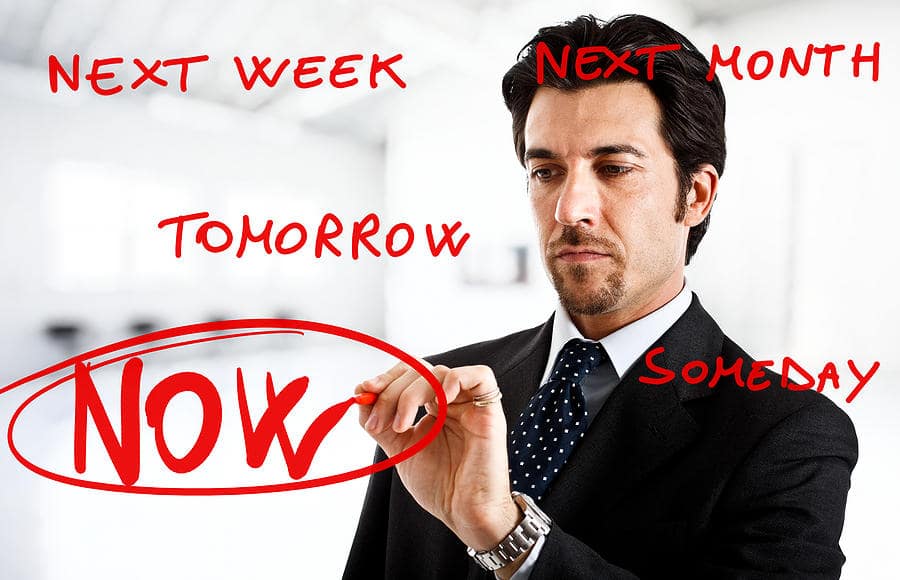I am writing this post in conjunction with the Voice America interview to be aired on June 28 because I have worked with many leaders who are discouraged because they see their organizations as challenging and believe as leaders that they as leaders are stuck. This piece is intended to demonstrate that in some cases, departments within large organizations can be much more vibrant than the overall organization.
I have been working as a consultant with WCBE, a unit of Columbus City Schools, since 2012. I am now the board president of the âOur WCBEâ a nonprofit organization that supports the station financially. This small department (WCBE) within a large government organization strikes me as highly vibrant and nimble even though the school district is not. I make this observation not as a criticism of the schoolsâobviously a radio station runs differently than a school district and has far fewer concerns for safety and other factors that require the district to be much more cautious in fulfilling their obligations than does a radio station.
I wanted to understand if departments could be vibrant (a positive deviant) when the parent organization is more âstatistically normal.â To prove our hypothesis that this is possible, WCBE employees took the Harmonic Vibrancy assessment twice. First as employees of the radio station, and again as employees of the school district. The scores varied significantly.
The next question I sought an answer for was: What is happening at the station that is different from what is happening with the district? The following points explain part of the difference between the organizations:
1. Vibrancy starts with the leader, Dan Mushalko, who sees everyone on his team as competent people who fill important roles. This seems like a no-brainer and something that should be part of any work group, but working with Dan is different. He is always positive and supports people when they face challenges. This level of positivity is contagious. How it impacts vibrancy in a very resource-constrained organization is that people find creative ways to solve problems they wouldnât even have in an organization that had sufficient resources. To say that it is not well funded is an understatementâsome of their equipment is over 30 years old, not like the 2-year-old laptop we complain about. Imagine always trying to stay current with a 30-year-old piece of technology.
2. Everyone pitches in and helpsâ¦because Dan pitches in and helps. The culture this team has created is one of a family. I know this sounds cliché and many people dislike the term. When I say family, I donât mean everyone is always in a group hug, but like a healthy family, they have differences and they find constructive ways to accomplish the mission and work through the differences because they respect one another and need one another to accomplish the work they all value
3. They value the mission. They are a community-based public radio station. They conduct community events regularly. They record local bands, they participate in local conferences, they support local restaurants and performers. They promote them and give them opportunities that are not available on commercial radio. When the weather is bad, they sleep at the station to ensure listeners get the latest news.
4. They innovate. In many cases this is out of necessity, but innovate they do. Dan is a trained physicist so there is an environment of experimentation that is accepted and even expected. His office looks like a hybrid of a science convention and a sci-fi conference where he monitors satellite signals and repairs equipment along with managing shows and curating his own show, The Amazing Science Emporium.
Jim Ritchie-Dunham, Adjunct Harvard researcher and creator of the vibrancy framework  has studied many vibrant organizations and departments within organizations that are vibrant. During the interview, he shares his experience with using the vibrancy framework and his learnings from other organizations who also created vibrant departments within large organizations. . The list above is specific to WCBE and, yet, I imagine if you think of organizations that stand out as highly vibrant from your own experience, you will find similar qualities and stories.
We hope you are able to listen to this interview. It is both informative and fun. Dan and Jim weave references to Star Trek into the conversation as they explore organizational dynamics.
SOâ¦.what can you do about becoming more effective? To become a more innovative leader, please consider our online leader development program. For additional tools, we recommend taking leadership assessments, using the Innovative Leadership Fieldbook and Innovative Leaders Guide to Transforming Organizations, and adding coaching to our online innovative leadership program. We also offer several workshops to help you build these skills.
About the author
Maureen Metcalf, founder and CEO of Metcalf & Associates, Inc., is a renowned executive advisor, author, speaker, and coach who brings thirty years of business experience to provide high-impact, practical solutions that support her clientsâ leadership development and organizational transformations. She is recognized as an innovative, principled thought leader who combines intellectual rigor and discipline with an ability to translate theory into practice. Her operational skills are coupled with the strategic ability to analyze, develop, and implement successful strategies for profitability, growth, and sustainability.
In addition to working as an executive advisor, Maureen designs and teaches MBA classes in Leadership and Organizational Transformation. She is also the host of an international radio show focusing on innovative leadership, and the author of an award-winning book series on Innovative Leadership, including the Innovative Leaders Guide to Transforming Organizations, winner of a 2014 International Book Award.




